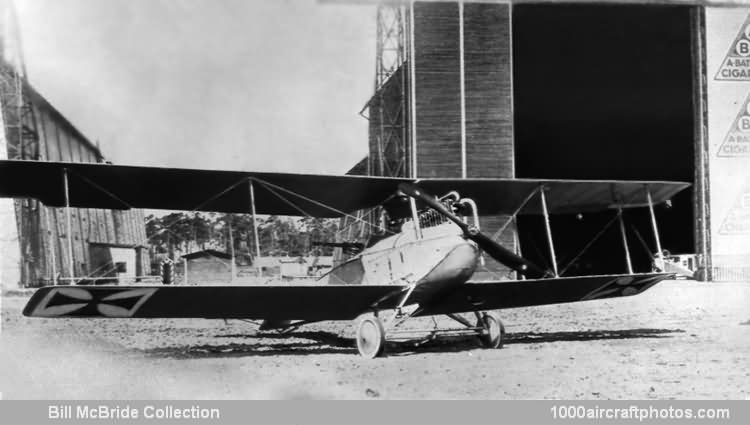07/31/2012. Remarks by Johan Visschedijk: "Like many other German manufacturers, the Luft-Verkehrs-Gesellschaft built a small series of B-type unarmed two-seaters during the early part of WW I which formed the basis for armed reconnaissance aircraft when the C-category was introduced in spring 1915. The LVG C.I, based on the B.I, has the distinction of being the first two-seat operational German aircraft in which the observer was provided with a Schneider-ring mounting and a Parabellum machine gun. The first four LVG C-types were designed by Franz Schneider.
Only limited production was undertaken of the C.I (150 hp Benz Bz III), this being followed late in 1915 by the C.II, the basis for which was the unarmed B.II. The LVG C.II was produced in substantial numbers by the parent company, and by the Ago and Otto works, and was powered by a 160 hp Mercedes D.III. It was used extensively for visual and photographic reconnaissance work, and also for light bombing. One aircraft of this type made an audacious daylight raid on London on November 28, 1916, dropping six 22 lb (10 kg) bombs on Victoria railway station. The raid was not an unqualified success, since the aircraft was obliged to force-land in Allied territory on the return journey.
In spring 1916 there were some 250 C.I/C.II types in service, and some late-production C.IIs had a forward-firing Spandau gun in addition to the usual Parabellum. It is thought that only one example of the C.III was completed, a smaller but slightly heavier version of the C.II in which the observer occupied the front seat. An enlarged version of the C.II appeared in 1916, this was the C.IV, powered by a neatly cowled 220 hp Mercedes D.IV and having a balanced rudder."
